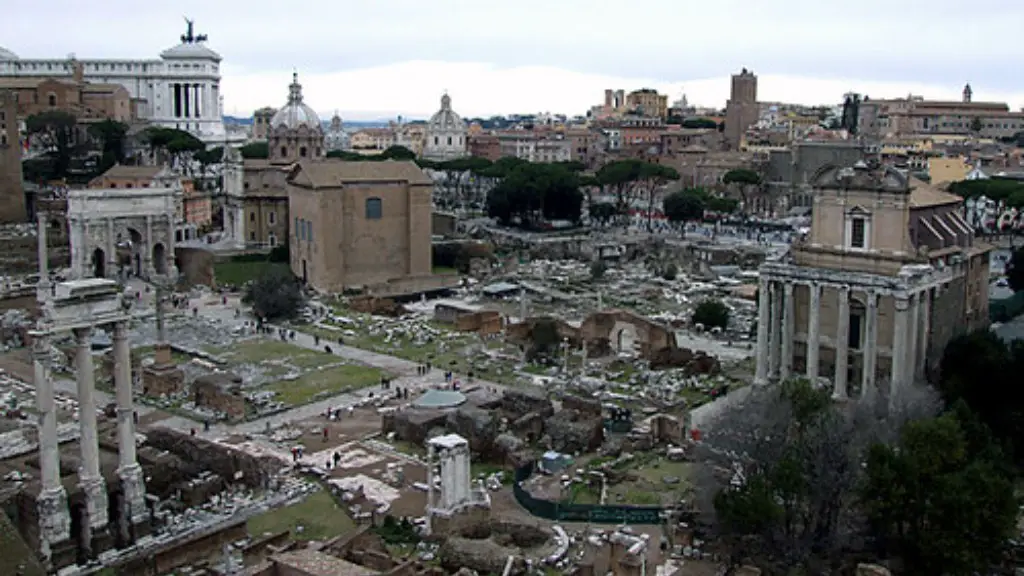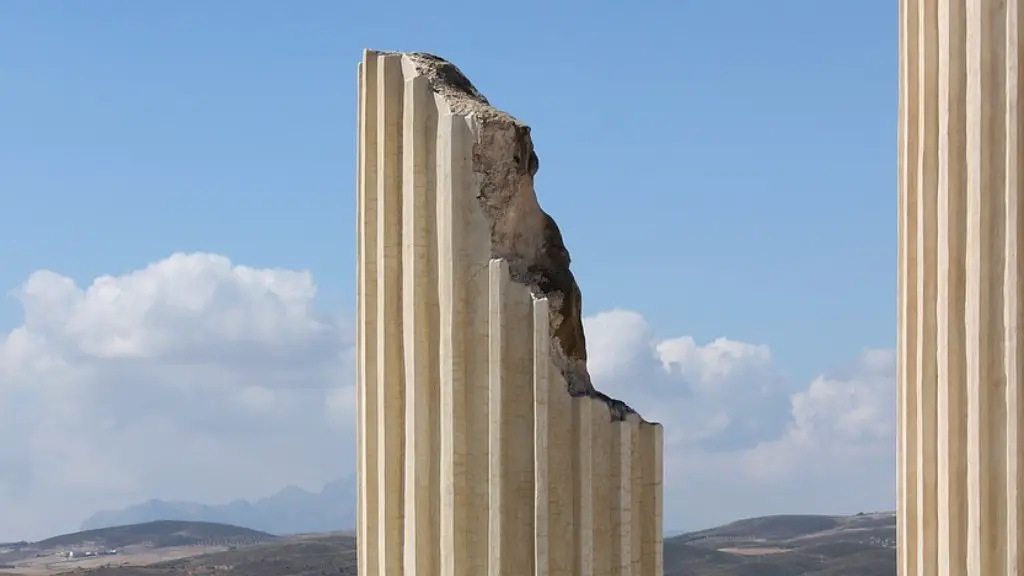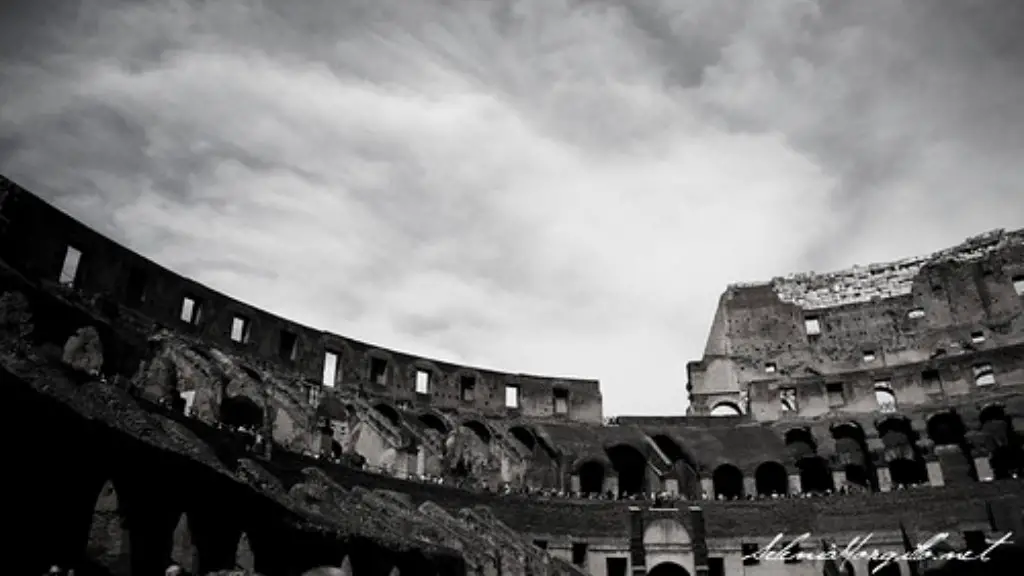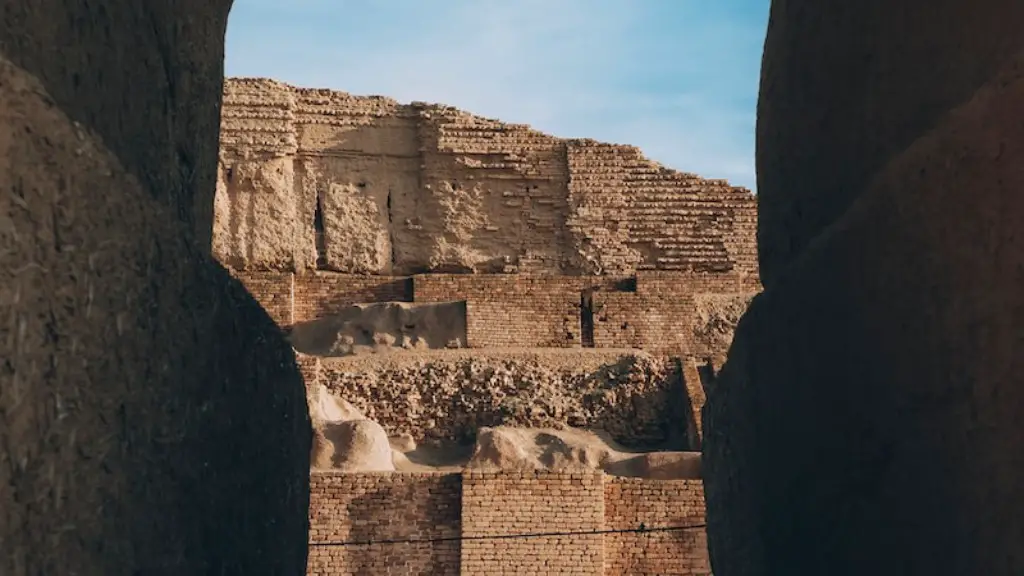In the Roman culture, hierarchies have been an intricate part of their way of life since the early days of their civilization. It was an intricate system of power and influence, along with roles and responsibilities that everyone had to abide by. This system of hierarchy was even further developed during the later years of the Roman Empire.
This hierarchy laid down a clear distinction between the ordinary citizens and the powerful members of the upper class. For instance, the males of the upper-class were the only ones who could vote and hold state positions including the magistracy, priesthood and other top positions. However, despite the difference in the classes, everyone had a role to play in the society.
At the top of the Roman hierarchy were the emperors and the senatorial class. Rome was mainly an autocratic state, so the emperor occupied the highest post in the hierarchy with absolute authority. The Senate also held high rank, with senators having the privilege of participating in the decisions of the state.
The patricians of the senatorial class were influential aristocrats who had the right to vote and have their opinions considered. They had the power and authority to pass laws and make decisions. The classical senators were members of the upper class who had inherited their position and power from their family lineage.
Below the patricians were the plebeians. These plebeians were ordinary citizens who were excluded from any form of decision-making. However, the plebeians were still considered an important part of the society, as they made up the majority of the population and provided the manpower for the state.
In the hierarchy of ancient Rome, there were also the equites, or knight class. The equites were wealthy businessmen who had gained their wealth and power from their businesses. They were the merchants, bankers and other businessmen who made a fortune from their private businesses. However, even though they were wealthy, they still belonged to the lower ranks in the hierarchy and were not part of the upper-class.
The next level of society was the common people, the plebs. The plebs were the lowest class in the Roman hierarchy and were excluded from having a say in the state’s decision-making processes. They were mainly farmers, craftsmen and other ordinary citizens who had no political power or influence.
Social Roles in Ancient Rome
Another key aspect of the hierarchy system in ancient Rome was the social roles that every citizen had to adhere to. These social roles were based on sex, status, and class. The male patricians held the most power and were responsible for governing the state. They were responsible for creating laws and interpreting them, as well as managing other aspects of the state.
Women, however, were not a part of the hierarchy and were seen as subordinate to men. Women were expected to remain subservient to their fathers and then transition to being subservient to their husbands. They had little to no say in the political process.
The lower classes also had social roles that they had to adhere to. The plebs were expected to serve in the army and to tend to their farms and businesses. They were expected to be loyal to the state and accept the authority of their superiors.
The equites had the privilege of participating in the administration and governance of the state. They had the economic power and held important positions such as magistrates and other offices.
Conclusion of Classes in Ancient Rome
The hierarchy system in ancient Rome played an important role in the structure and governance of the state. Not only did it separate the powerful and wealthy upper-class citizens from the poor and powerless plebs, but it also formed the basis for the social roles of each citizen as well.
The Senate and the patricians held the most power in the state and were responsible for creating laws and managing the state affairs. The equites were wealthy businessmen who held important positions within the state and had the privilege to participate in decisions. The plebs were ordinary citizens who had no say in the state’s decisions, but were essential for providing the manpower.
Government and Administrative Hierarchy
The government of the Roman state played an important role in establishing the hierarchy system. The Senate was the highest executive body and had authority over the consuls and other magistrates. The consuls were the highest magistrates in the state and were responsible for administering justice and declaring wars.
The Praetors were responsible for administering justice and were also members of the Senate. The quaestors were the financial magistrates who were responsible for managing the state finances. The other magistrates were responsible for tending to the needs of the people.
The tribunes were representatives of the plebs and had the power to protect them from the patricians and the Senate. They had the authority to veto laws and had the power to pass laws that would benefit the plebs.
The Vestal Virgins were priestesses of Vesta and were believed to be protectors of Rome. They were held in high regard by the citizens and were exempt from most of the social roles that other citizens had to abide by.
Religious Hierarchy
Rome was a highly religious society and the gods and goddesses were an important part of the hierarchy system. The most important gods were Jupiter, Juno and Minerva who were seen as the highest gods and had the power to control the fate of the state. Other gods such as Mars, Venus and Neptune were also important for the state.
The Vestal Virgins were priestesses who were responsible for tending to the sacred fire of Vesta and offering rituals to the gods. The augurs were responsible for interpreting the gods omens and prophecies. The flamines were priests who were in charge of the worship of a particular god. The haruspices and the pontiffs were responsible for interpreting the will of the gods through augury.
The Roman hierarchy system also had a religious side. The gods and goddesses were important part of this hierarchy and held supreme power. The Vestal Virgins, augurs, flamines, haruspices, and pontiffs were responsible for tending to the needs of the gods and interpreting their messages.
Military Hierarchy
The military was an important part of the Roman hierarchy system and it was divided into two parts. The legionaries were the regular soldiers who were responsible for guarding the provinces and engaging in warfare. The auxiliaries were a lower class of soldiers and were responsible for providing support to the legionaries.
At the top of the military hierarchy was the general or imperator. The general had the supreme power over the army and was responsible for leading it into battle. The legates and tribunes were other high ranking officers in the army who had a certain degree of power over the soldiers. The centurions were the captains of the soldiers who commanded in the battlefield.
The military hierarchy system was a reflection of the Roman’s ability to conquer and maintain control over their territories. This hierarchy maintained order and discipline in the military based on their rank and it ensured that the state’s power was preserved.
Conclusion
The hierarchy system in ancient Rome was a complex system of power and authority. It distinguished the powerful members of the upper-class from the poor and powerless plebs. It created a social role for every citizen and outlined their responsibilities towards the state. The government and religious hierarchy were an important part of this system and were essential for the state’s governance. The military hierarchy maintained the power of the state and ensured its survival. This intricate system of hierarchies gave Rome its success and ensured that it was a dominant state for centuries.





